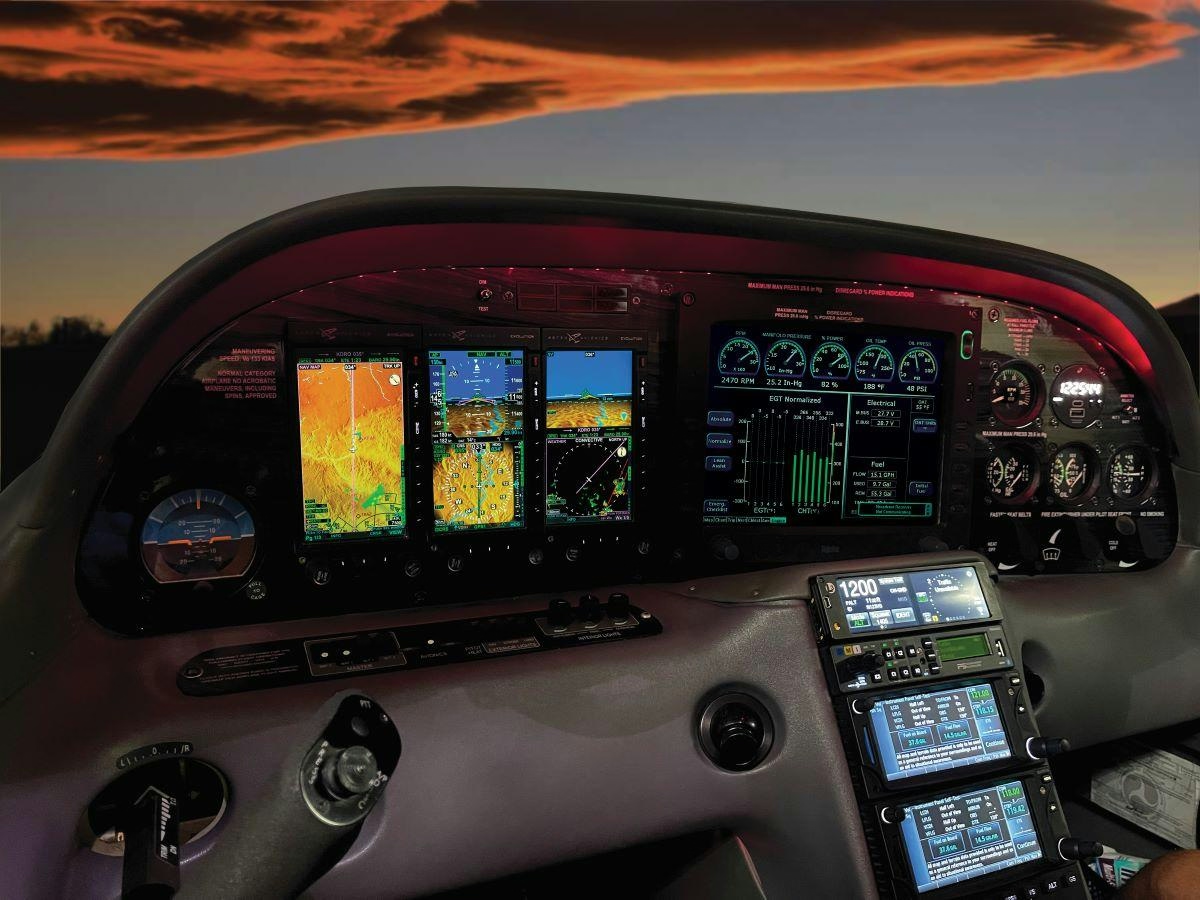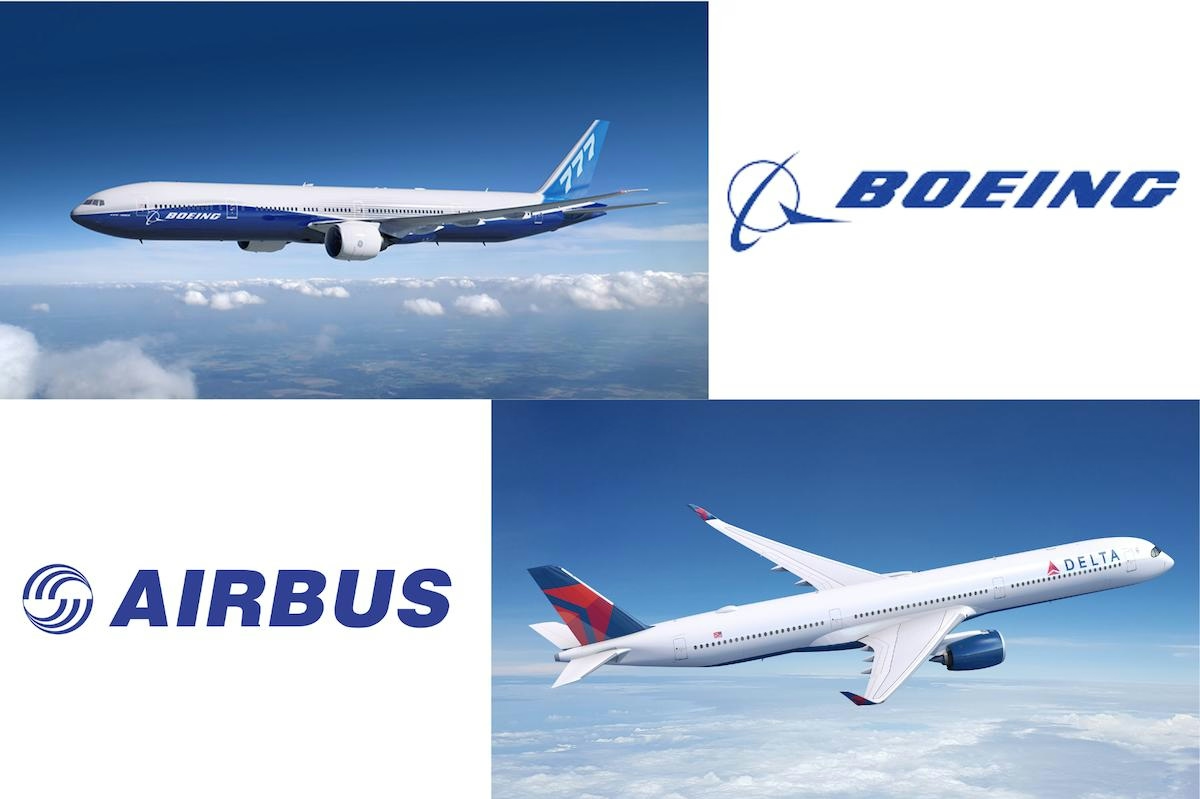
AeroGenie — Seu copiloto inteligente.
Tendências
Categories
Aspen Avionics to Release Evolution Engine Instruments in December

Aspen Avionics to Release Evolution Engine Instruments in December
Aspen Avionics has announced the upcoming release of its Evolution Engine Instruments package, scheduled for availability in December 2025. This new engine monitoring solution is designed for the Evolution MAX Series Multi-Function Displays (MFD1000 MAX and MFD500 MAX) and has been developed in collaboration with Electronics International. The system integrates seamlessly with Electronics International’s EDC-33P engine data converter and sensor suite, offering a comprehensive upgrade for Aspen’s existing customer base.
Advanced Engine Monitoring Integration
The Evolution Engine Instruments package will be offered to current Aspen customers at a price point below $5,000, varying according to engine type and the existing onboard equipment such as probes, sensors, and displays. Mark Ferrari, Aspen Avionics’ vice president of sales and customer support, emphasized the system’s ability to convert raw engine data into actionable insights. He highlighted features such as customizable alerts and historical data analysis, which enable pilots to optimize engine performance, reduce unscheduled maintenance, and better manage operating costs.
The engine instrumentation is fully integrated with Aspen’s Evolution MFD1000 MAX and MFD500 MAX displays. Engine data is prominently positioned at the top of the screen, while the lower portion remains customizable to show navigation maps, terrain, charts, weather, synthetic vision, horizontal situation indicators (HSI), and fuel status. This design ensures that critical engine information is always accessible without compromising situational awareness.
Comprehensive Features and Capabilities
The system supports both Rich of Peak (ROP) and Lean of Peak (LOP) operating modes and includes a sophisticated fuel computer that provides remaining fuel estimates, fuel remaining to the next waypoint or destination, endurance time to reserve fuel levels, and fuel economy metrics expressed in nautical miles per gallon. Additional features include a fuel range ring overlaid on the navigation map, distance-to-empty calculations adjusted for wind conditions, normalized exhaust gas temperature (EGT) and cylinder head temperature (CHT) displays for trend recognition, and a fuel timer linked to actual fuel burn.
Further capabilities encompass engine parameter recording, lean assist functions, tank switch timers, and enhanced fuel range awareness. Accurate fuel remaining data is also integrated into the MFD timer page. Core engine parameters monitored by the system include RPM, manifold pressure, oil pressure and temperature, fuel pressure and flow, EGT, CHT, turbine inlet temperature (TIT), carburetor and outside air temperature, electrical system metrics (amps and volts), tachometer time, and Hobbs time. Notably, the MFD1000 MAX retains its functionality as a reversionary primary flight display (PFD) in the event of a primary display failure.
Industry Collaboration and Market Context
Ferrari underscored the strategic partnership with Electronics International, noting that the collaboration leverages the expertise of a trusted organization to enhance the capabilities of nearly 10,000 Aspen-equipped aircraft. The new solution will enable owners to replace legacy analog gauges—including those for RPM, manifold pressure, EGT/CHT, fuel level, oil temperature and pressure, and volt/amp—with a modern, electronic flight instrument system (EFIS)-based engine display.
Dan Bennett, director of special projects at Electronics International, remarked on the synergy between the companies, stating that their combined experience in engine data management and innovative display technology delivers a fully integrated engine monitoring solution adaptable to a wide range of aircraft.
The launch arrives amid intensifying competition within the avionics industry. Established manufacturers such as BAE Systems, known for their fully integrated control solutions, may respond with competitive pricing or feature enhancements to maintain market share. Aspen Avionics’ entry into this segment is expected to draw close attention to the reliability and integration capabilities of its new instruments, potentially influencing market dynamics as engine technology continues to evolve.
Aspen Avionics plans to showcase the Evolution Engine Instruments system at its booth in Hangar B during EAA AirVenture 2025.

Europe Advances Aviation Sustainability Through SAF Mandates and Innovation

Lufthansa's Fleet Plans for 2025

Fifteenth National Games Model Aviation Finals in Longhua Showcase Drone Sports and Innovation

Brazilian Woman Becomes First Female Captain of Airbus A380

Airbus and Boeing: Comparing Their Global Reach

Vietjet Orders 100 Airbus A321neo Jets, Strengthening UK-Vietnam Strategic Partnership

The Aircraft Set to Replace the Iconic Superjumbo

Delta Air Lines Introduces AI-Powered Concierge Service

Shanghai to Host 2025 North Bund International Aviation Forum
